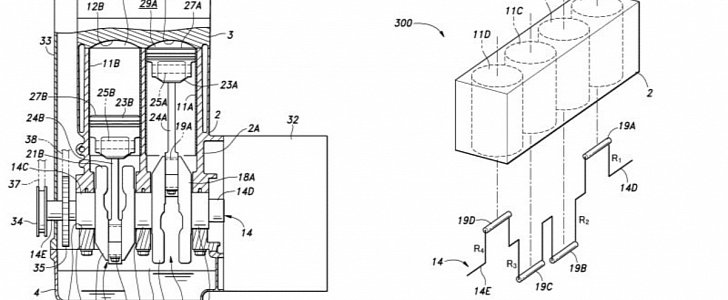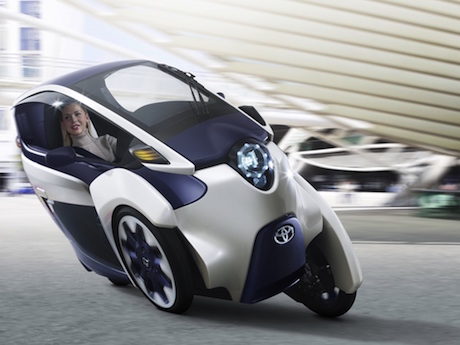Two new innovations from Toyota and Honda have implications for future motorcycle powertrains.
Toyota engineers believe they can replace the lithium in rechargeable batteries used in electric vehicles with magnesium.
Magnesium is more stable in the atmosphere than lithium and more potentially energy dense which means it will store bigger charge in the same capacity.
That means a lot for the future of electric motorcycles as these batteries would be smaller and lighter and would have a bigger charge for a greater range.
The discovery has been made by engineers at the Toyota Research Institute of North America, but they believe it won’t be available in mainstream batteries such as electric vehicles and smartphones for another couple of decades.
That means it won’t be available in the electric iRoad leaning three-wheeler they may produce.
Meanwhile, Honda has patented a variable-displacement engine.

While several car makers have variable capacity engines that simply shut own one or more cylinders while cruising at highway speeds to reduce emissions and increase fuel economy, the Honda innovation electronically varies the stroke of the pistons.
It will work with inline and V-shaped engines and could easily be used in future motorcycles to make them even more environmentally sound.


